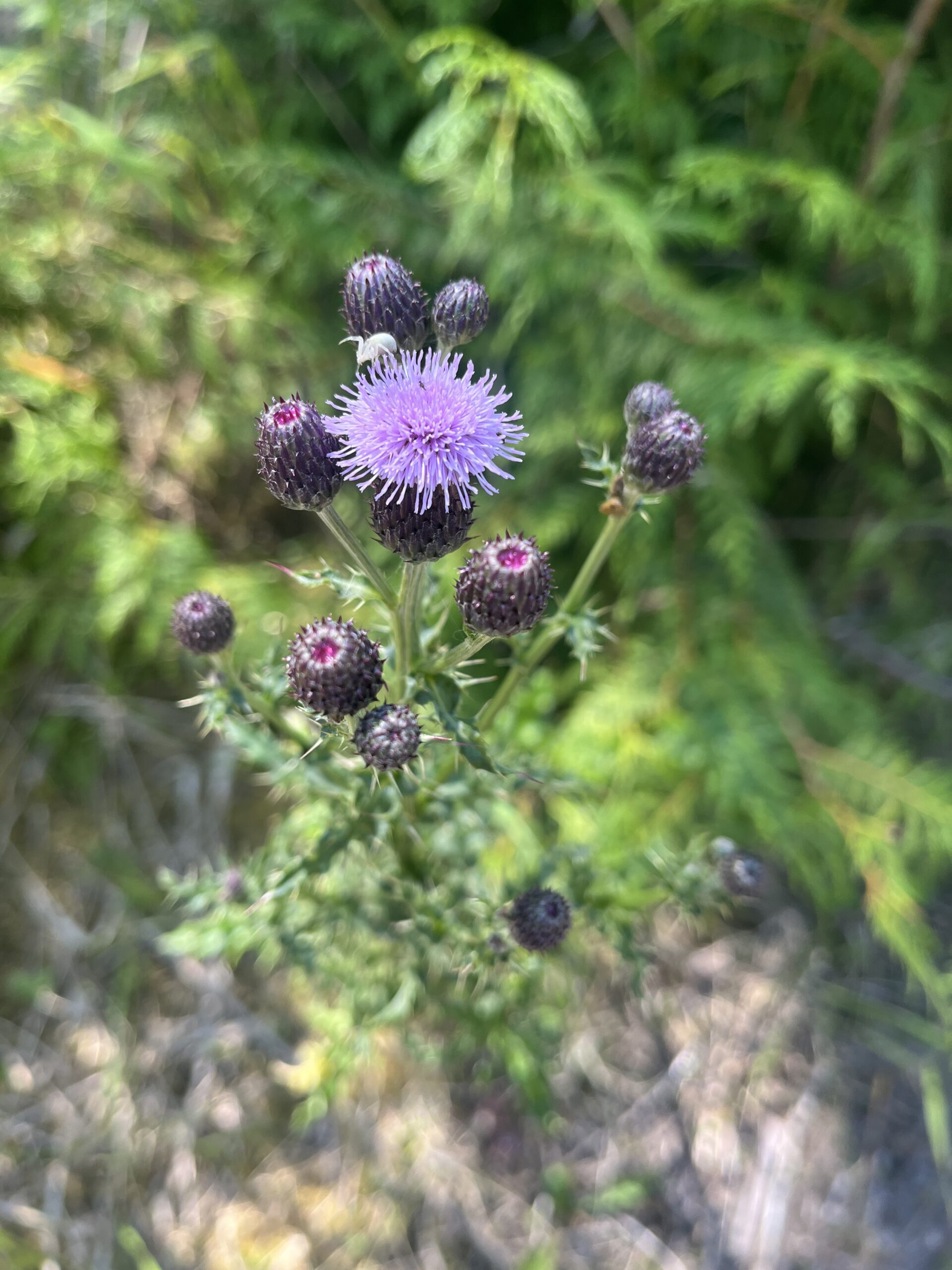
In Scotland, the £1 coin is distinctly marked by the country’s national flower, a thistle. It is said that the flower earned its place there in a battle against the Norsemen, who had a bit of a Lego’s moment. In attempting to sneak up on the Scottish army at night, the Norsemen had taken off their shoes. When one unfortunate soldier happened to step on the thorny plant, screaming in agony, he alerted his enemy.
In a variety of other cultures, from Roman to Native American, thistles were used and appreciated for concrete uses (medicine), and even spiritual ones (charms of protection). And ecologically, I’ve noticed the way that bees cling to the flowerheads and seemingly get drunk off the many flowers squished into each cluster. They fight tooth and nail to stay on their little patch, even if you use leaves, twigs, or even other flowers (not from personal experience, of course) to get them to evacuate the area.
Just the other day in fact, I handed a bag of thistle leaves to a local who claimed his goats loved to munch on them. As we watched his truck pull away after he thanked our crew for pulling the invasive (and feeding his goat), we blinked at one another in confusion. Why would any living thing wish to put a thistle in its mouth?
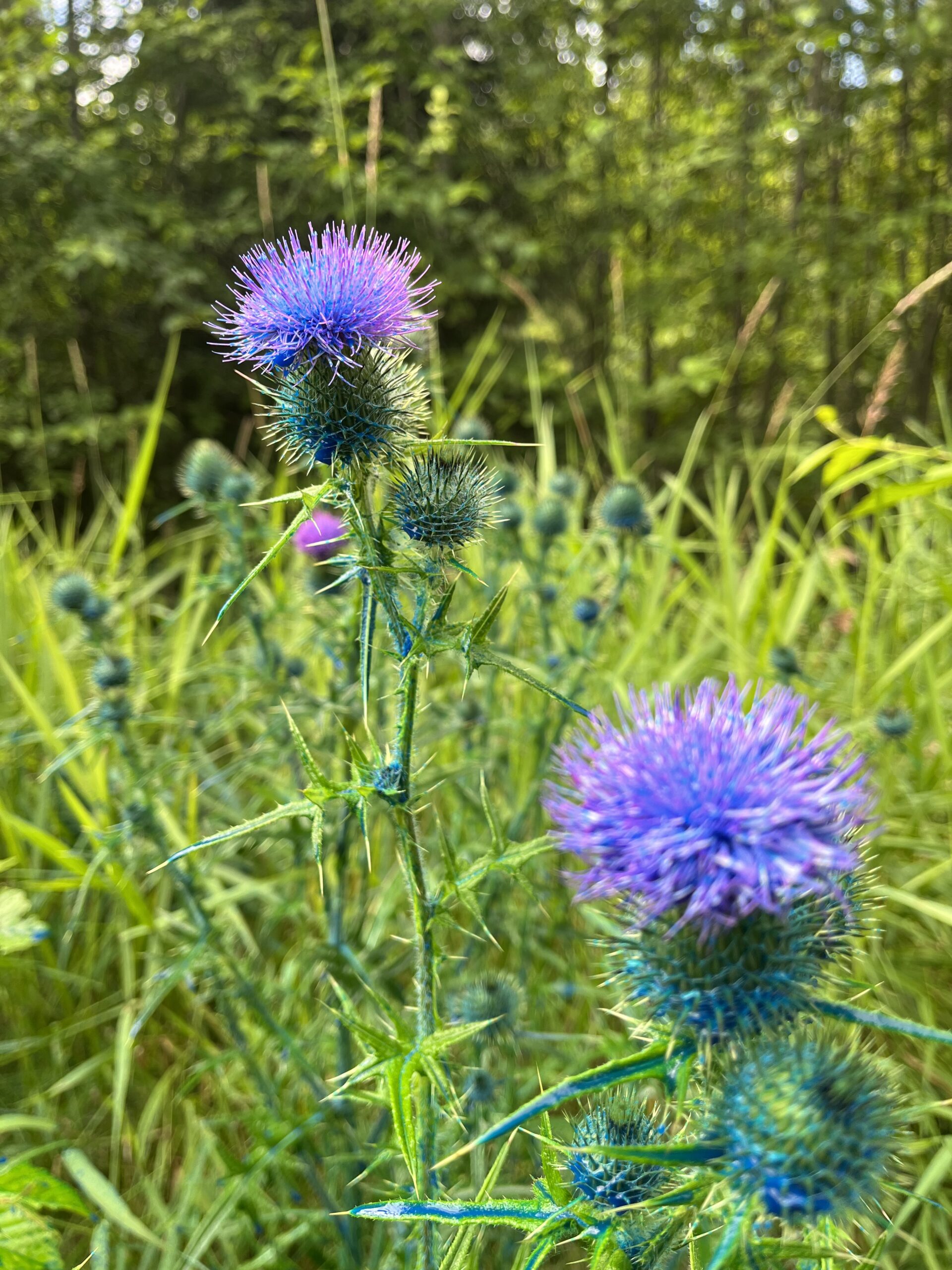
For the past few months, I’ve been spraying and pulling invasive thistles.* And, having seen the way thistle outcompetes and damages native ecosystems, while also being pricked more times than I would like to admit, my distaste for them comes from an understandable place. Which, in turn, makes any tidbit on thistles being found enjoyable…a shock. It is like discovering your mortal enemy fosters puppies in their free time, and is really, annoyingly, good at it. But there is also a morbid curiosity involved in learning of this hidden side to them—can I trust these claims? What else are they good at? Why am I seeing them in my dreams???
All of this to say, this blog post is simply me sharing what I’ve learned. I don’t hate thistle any less. I do not hesitate to pull them out of the ground if given the chance. But the fun facts are just that. Fun. And yes, you can technically eat them. With lots of preparation. But I have pulled up a few roots that look remarkably close to carrots, so do with that information as you will (—a stew. Not that I have given it that much thought).
Anyways! In other news from this past month:
Some salmon-luck and the beginning of stinky season (fish are rotting and bear poop abounds).
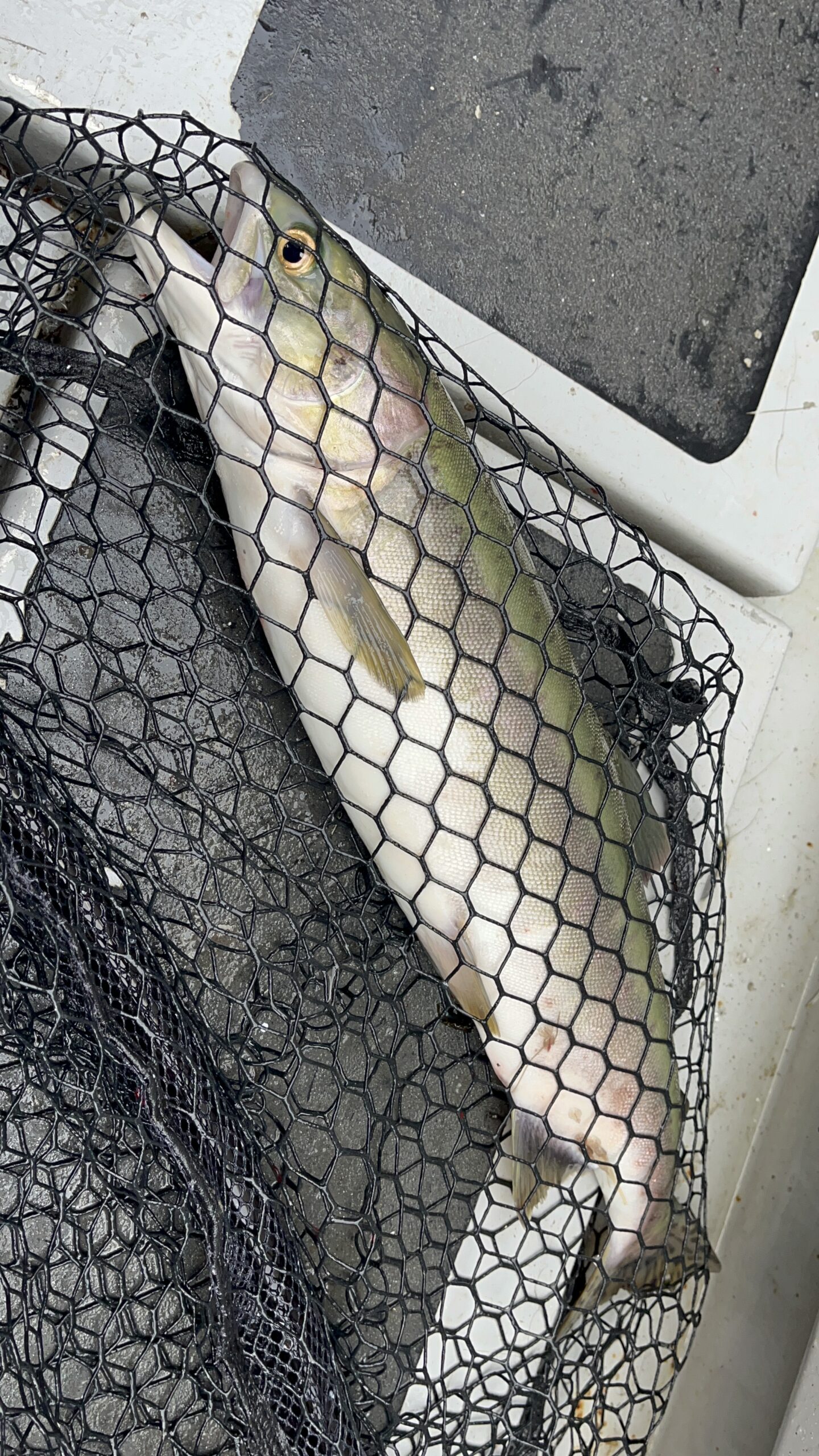
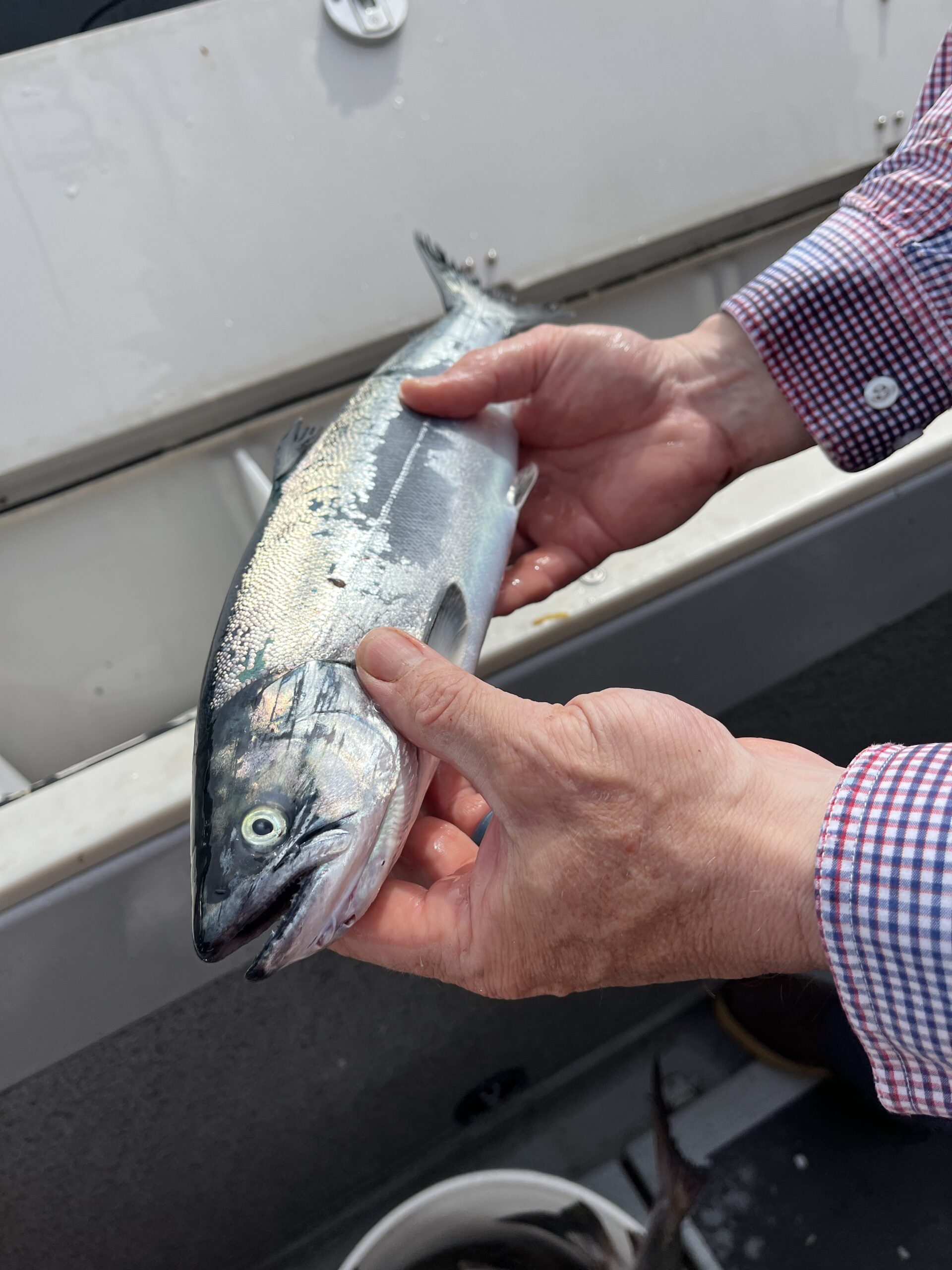
Cool funky fantastic plants!
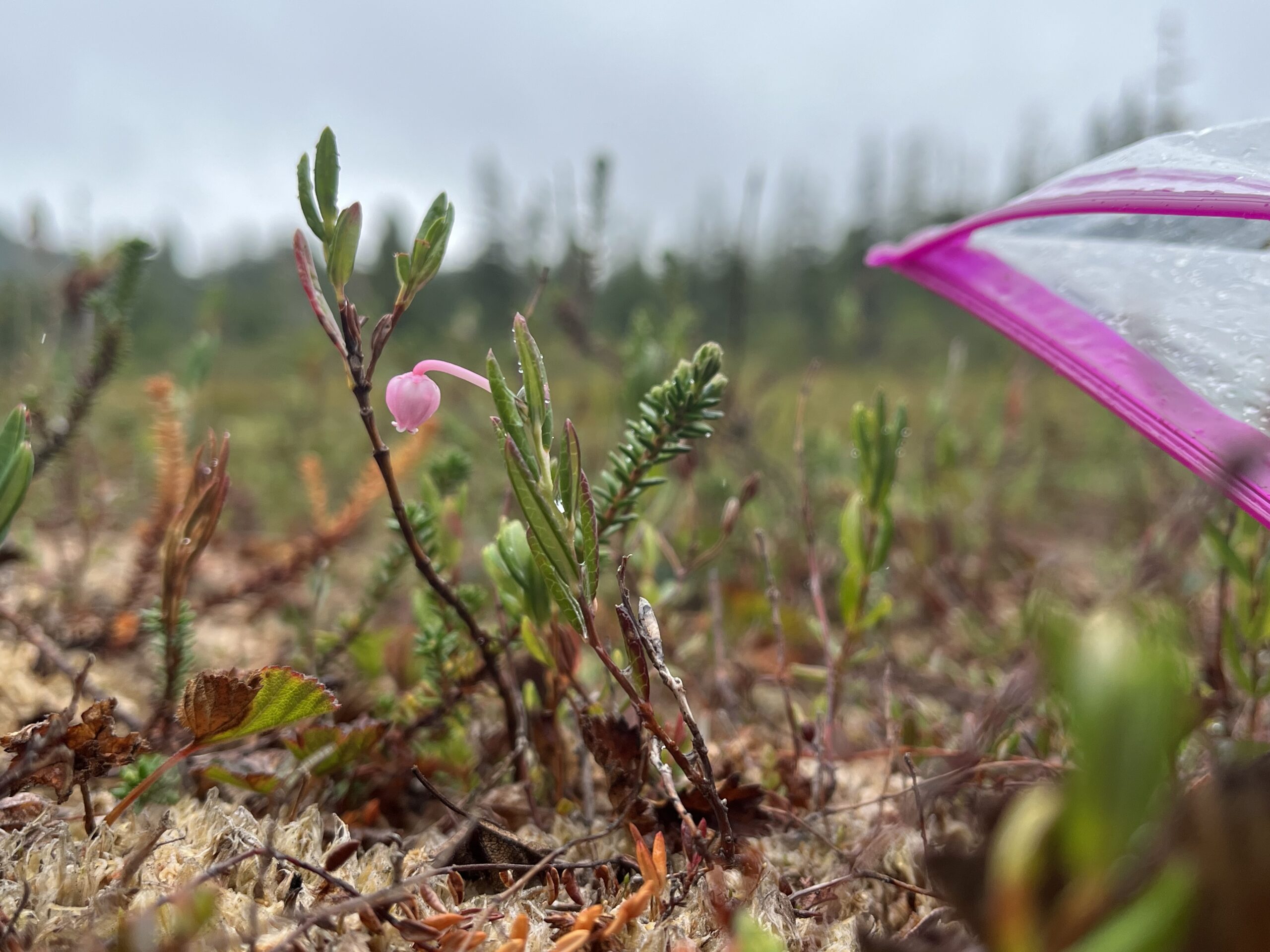
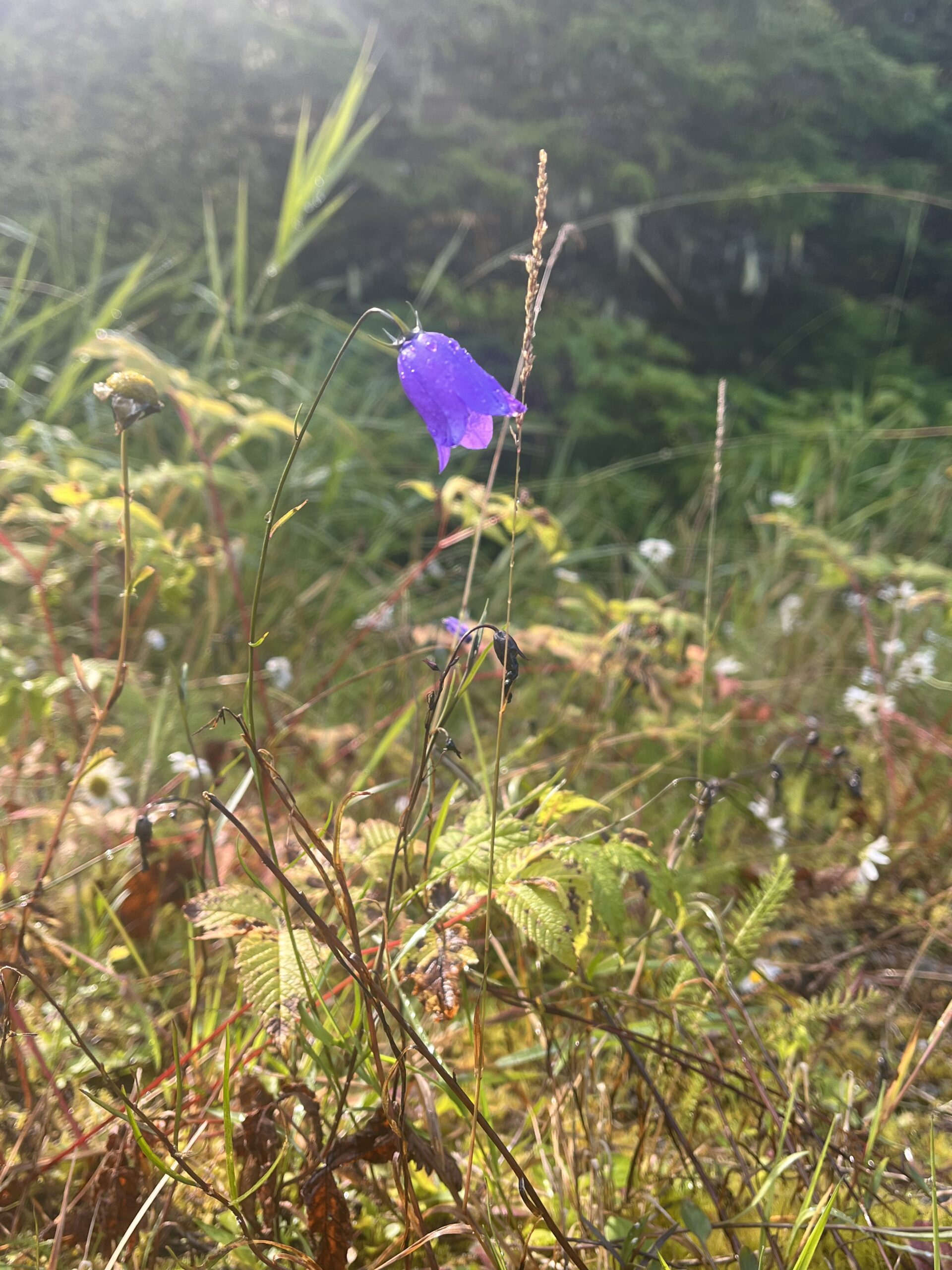
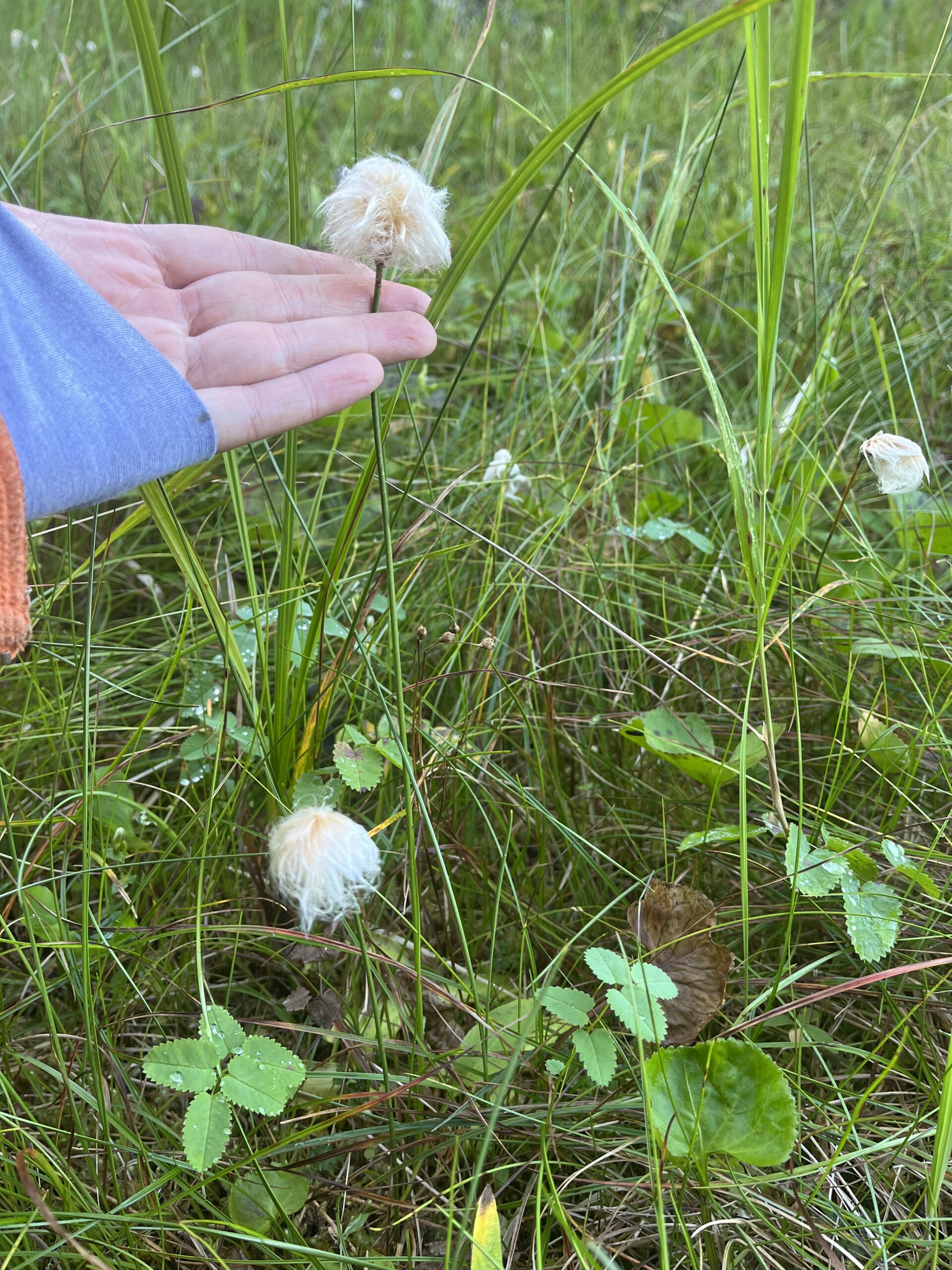
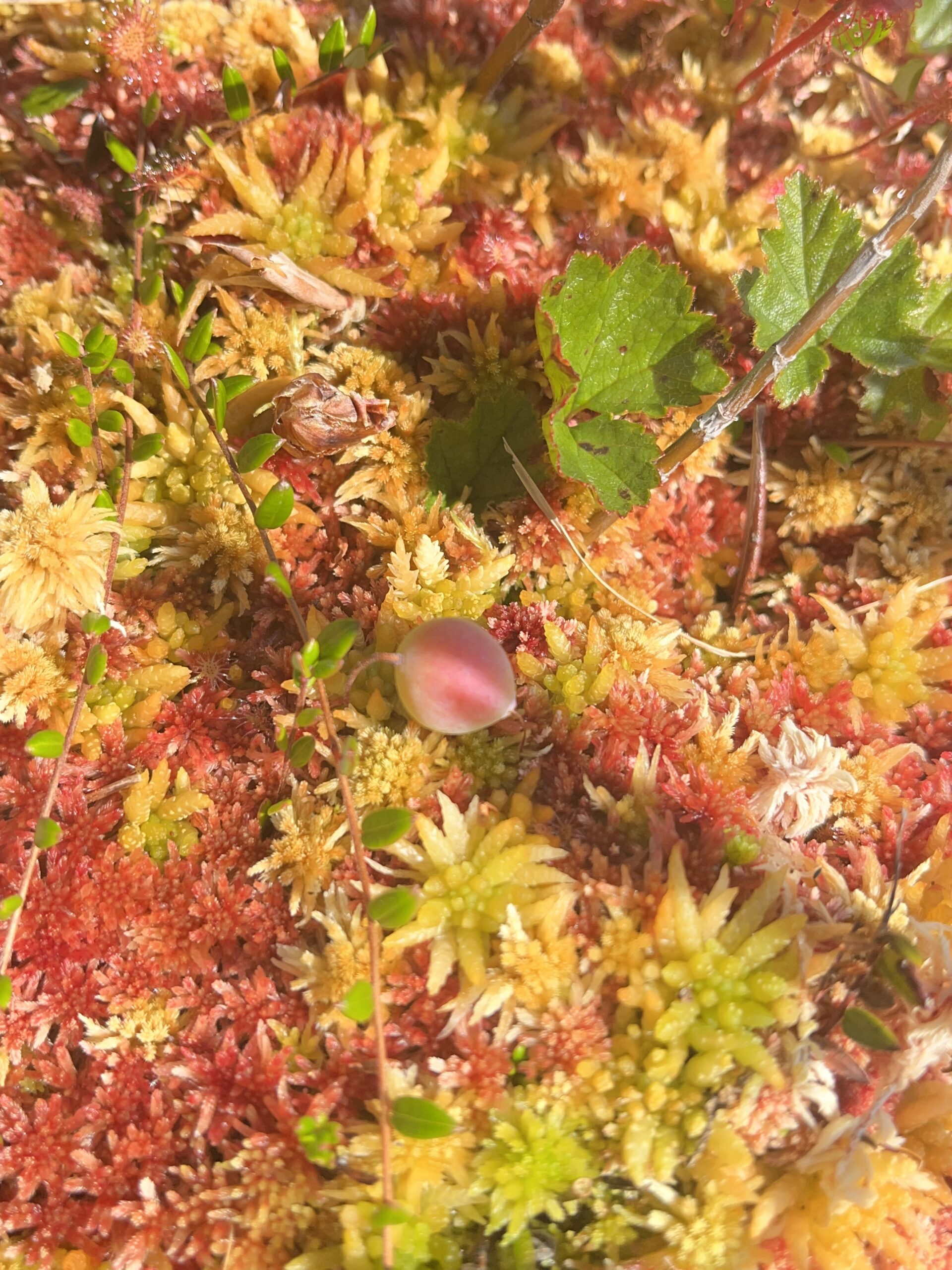
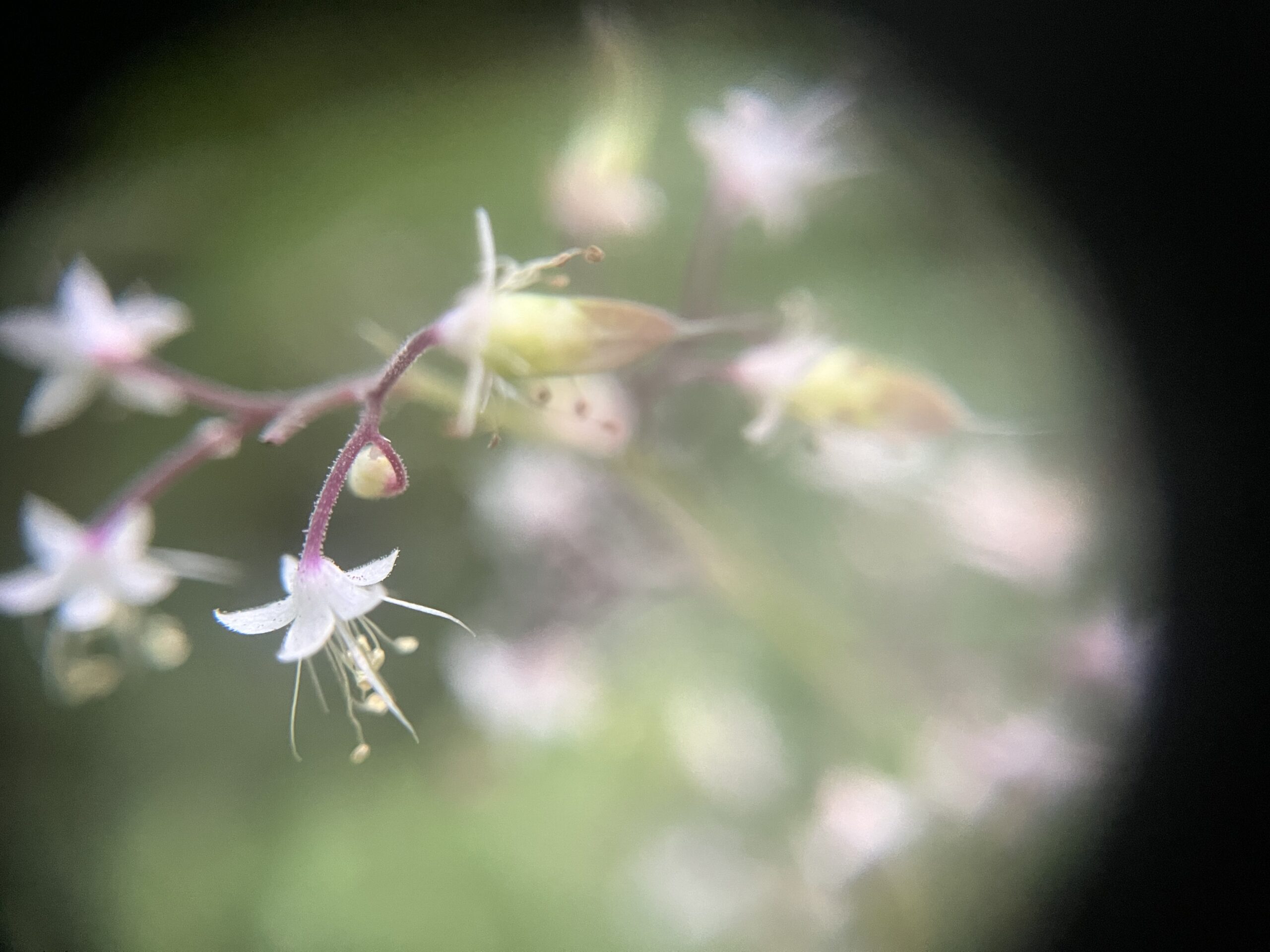
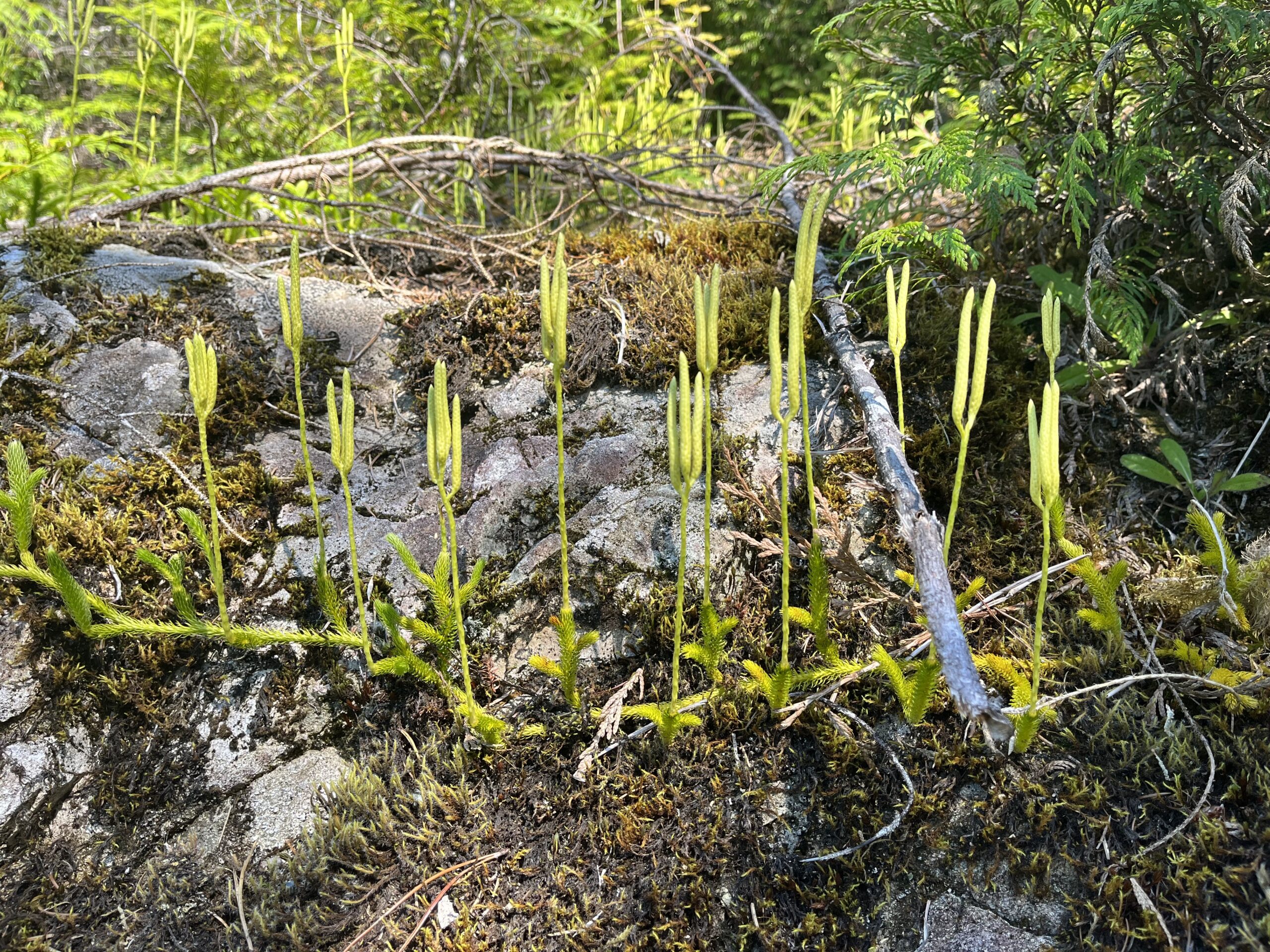
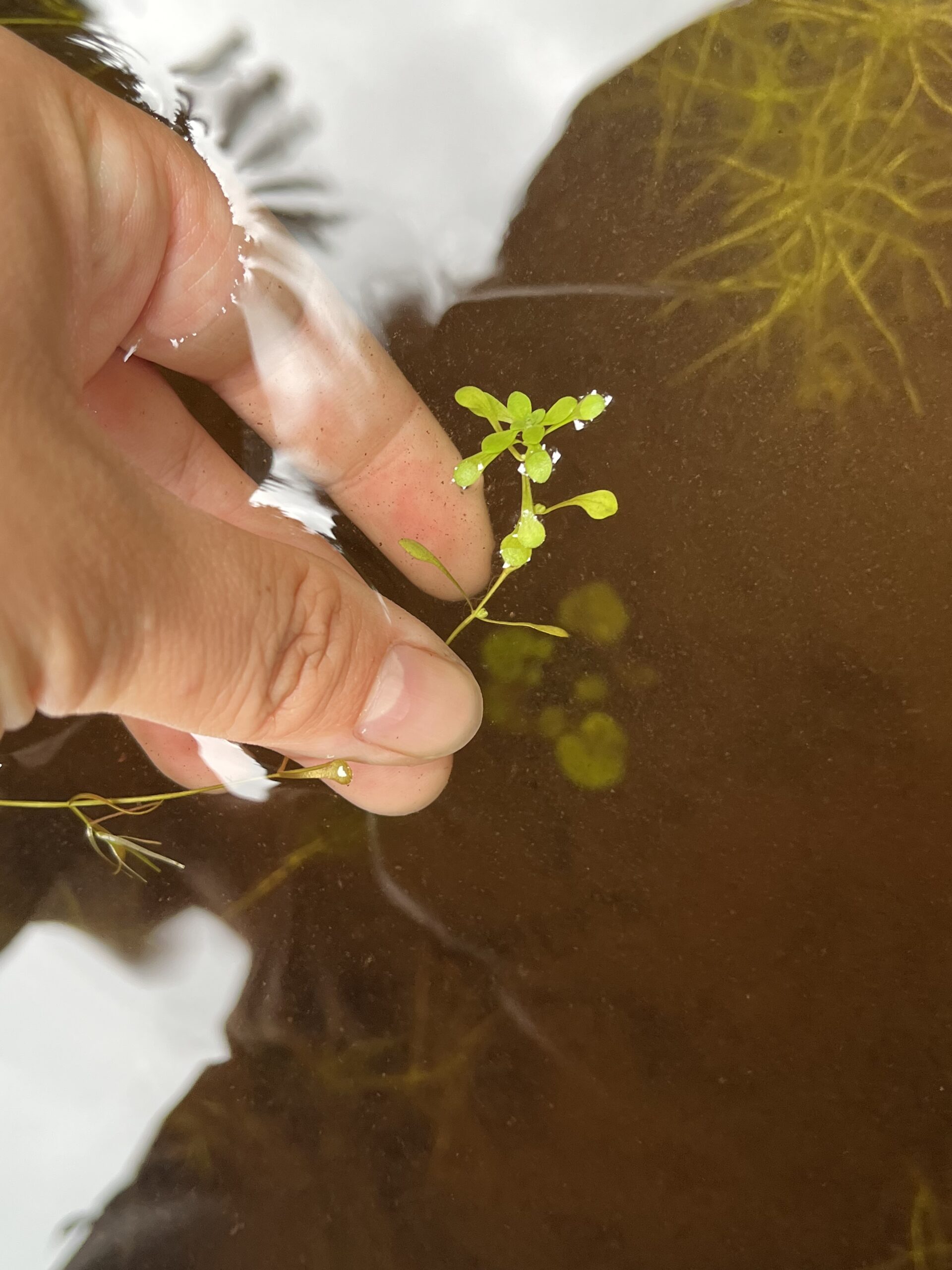
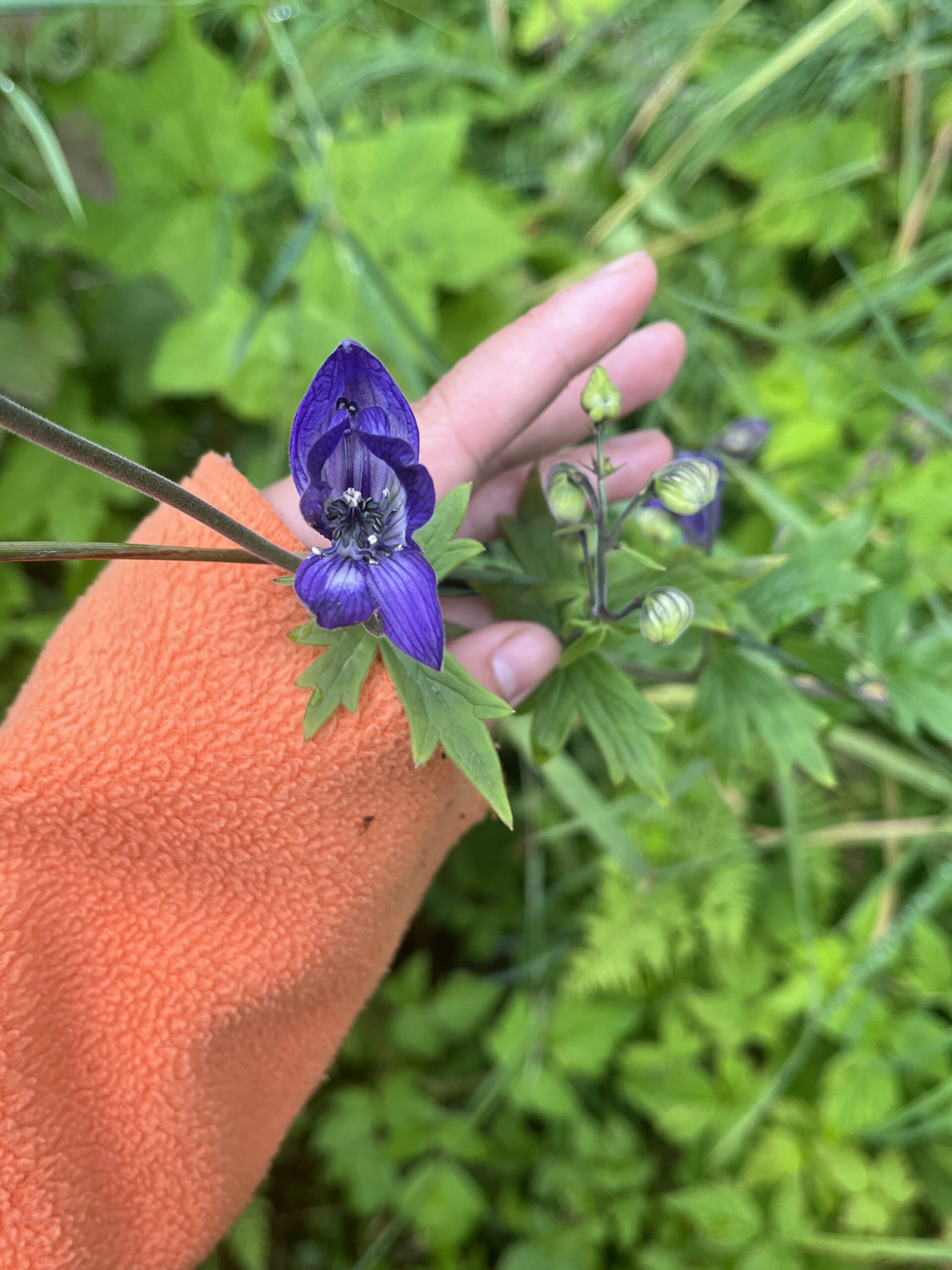
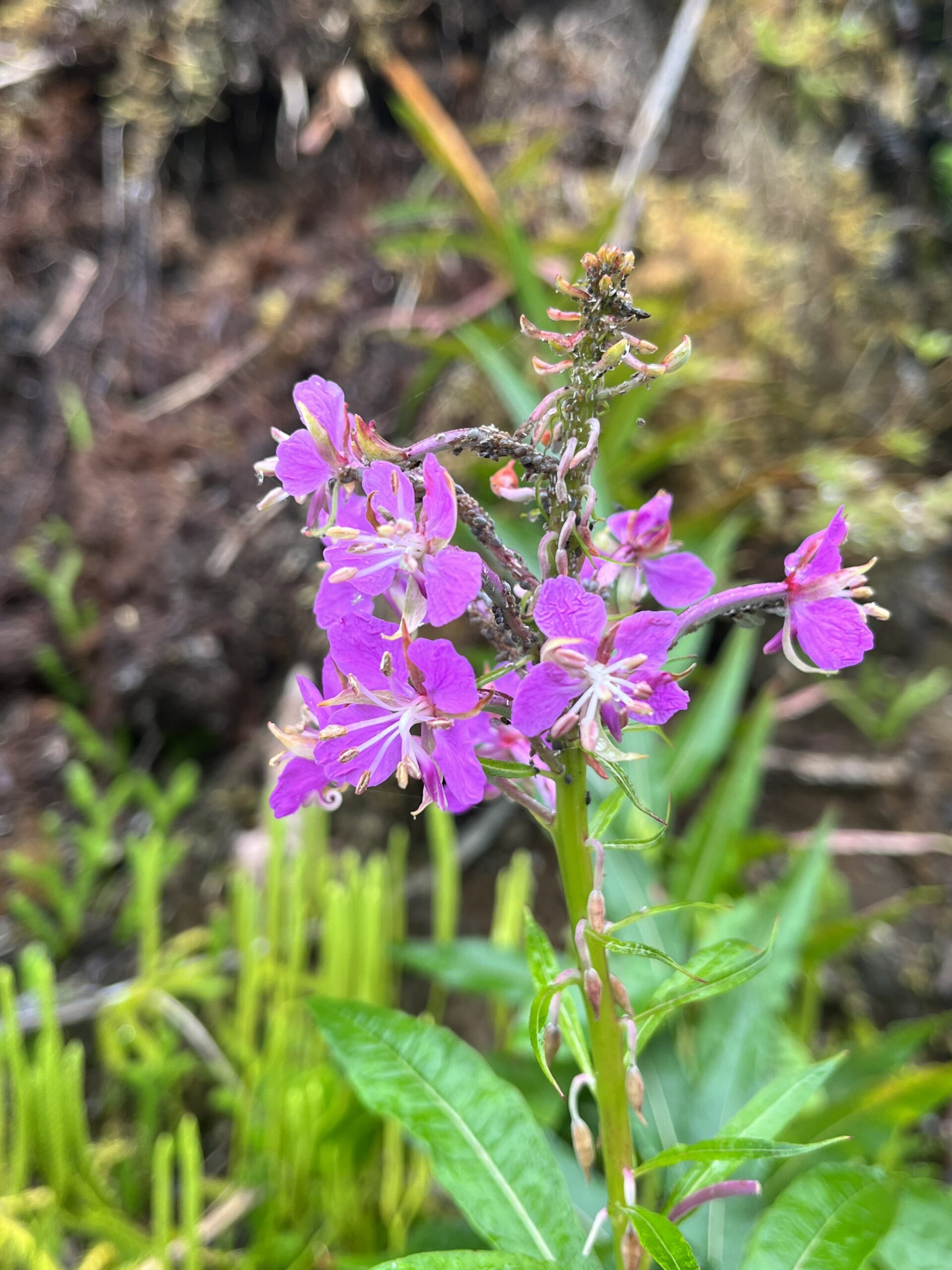
Sobering clear-cuts performed by private timber companies.


Pictures I will be keeping:
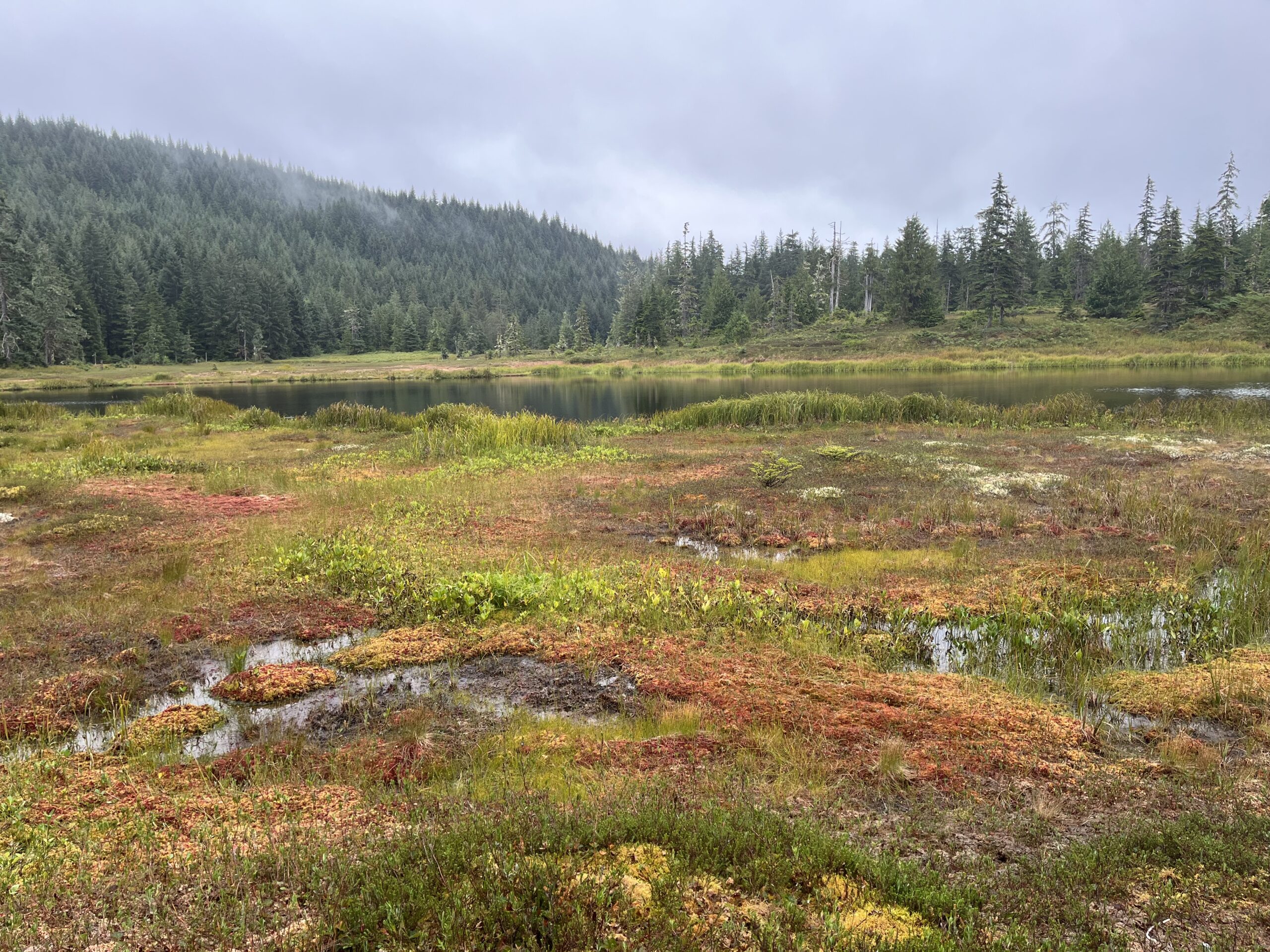
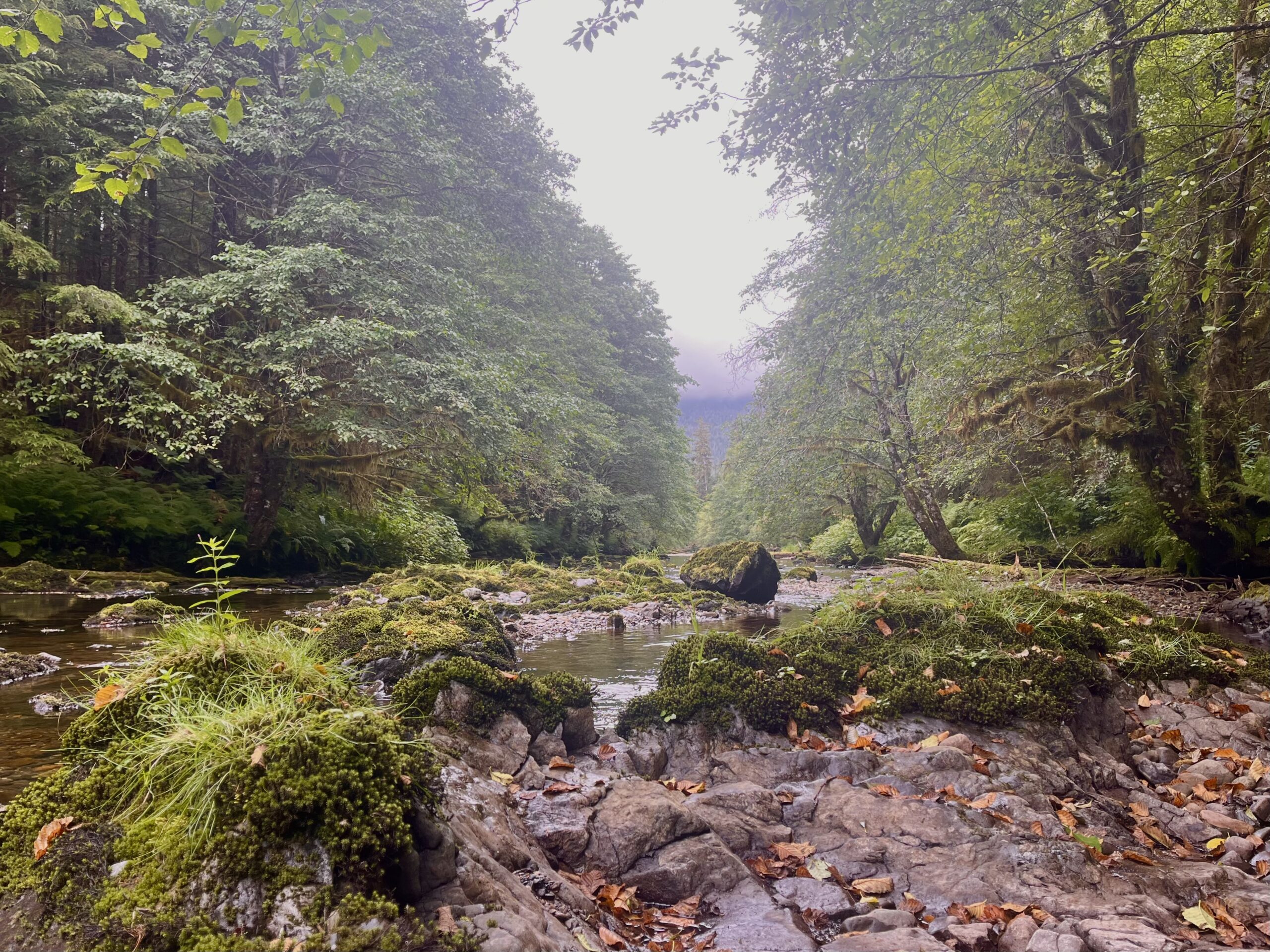
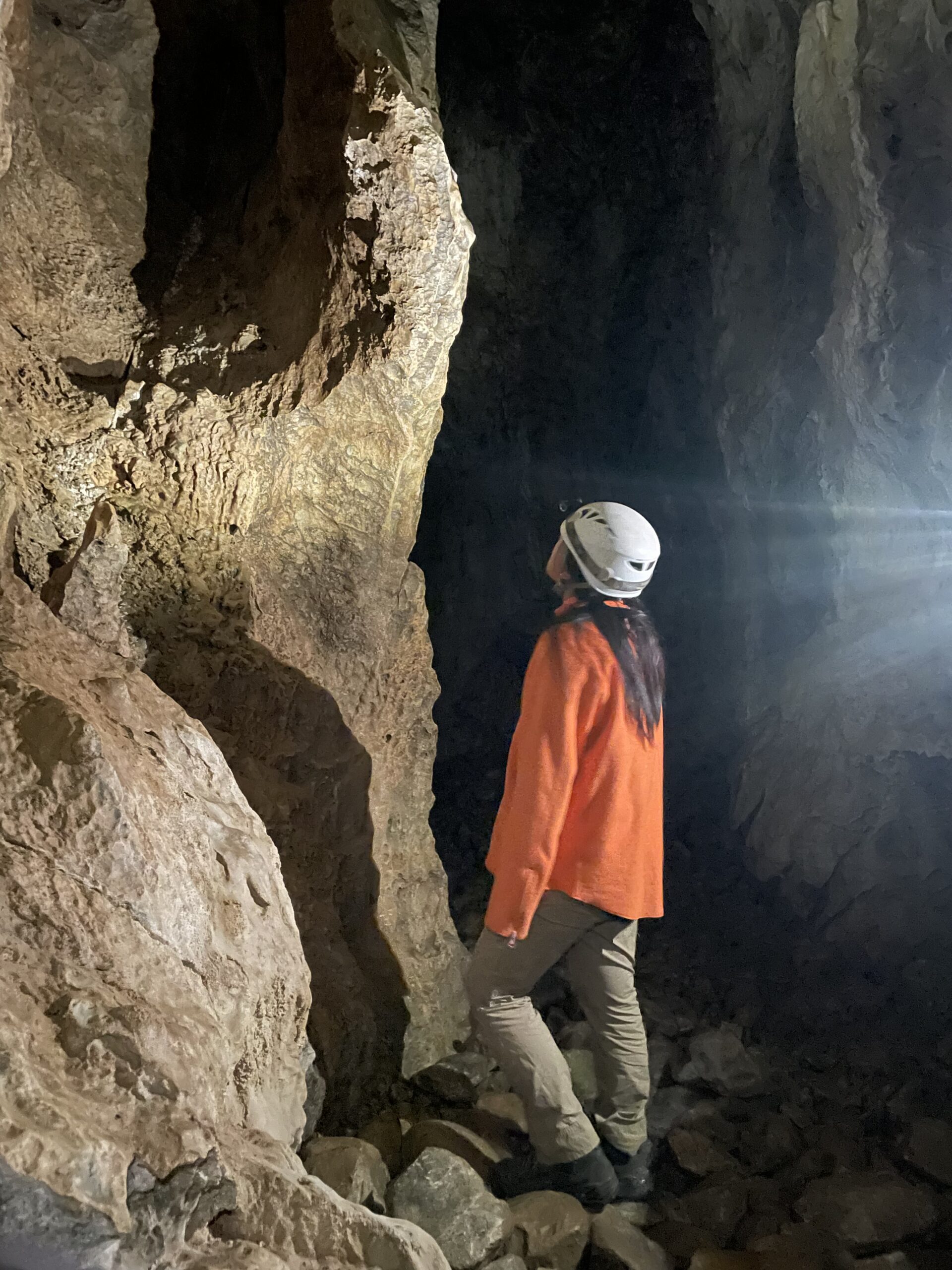
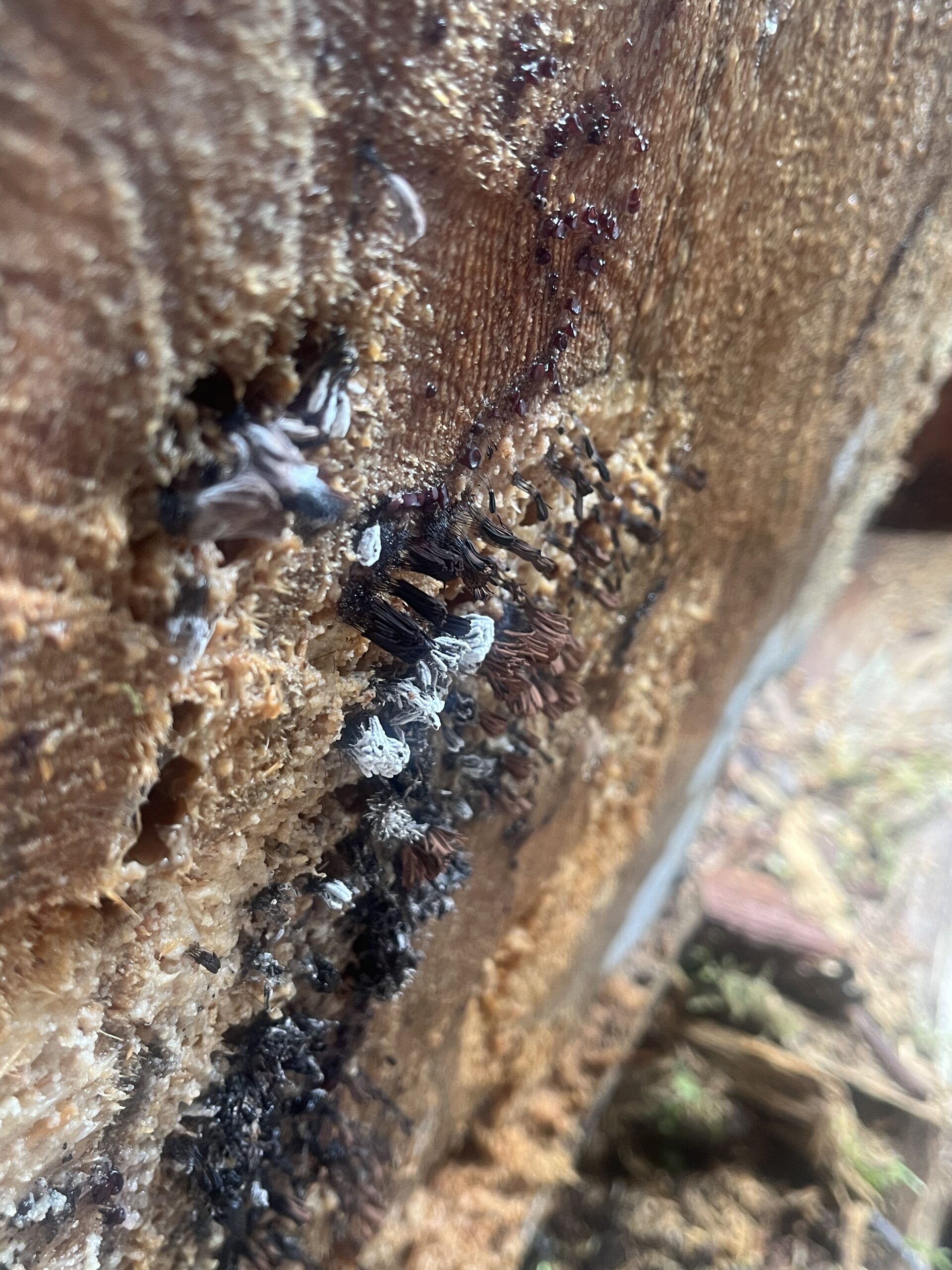

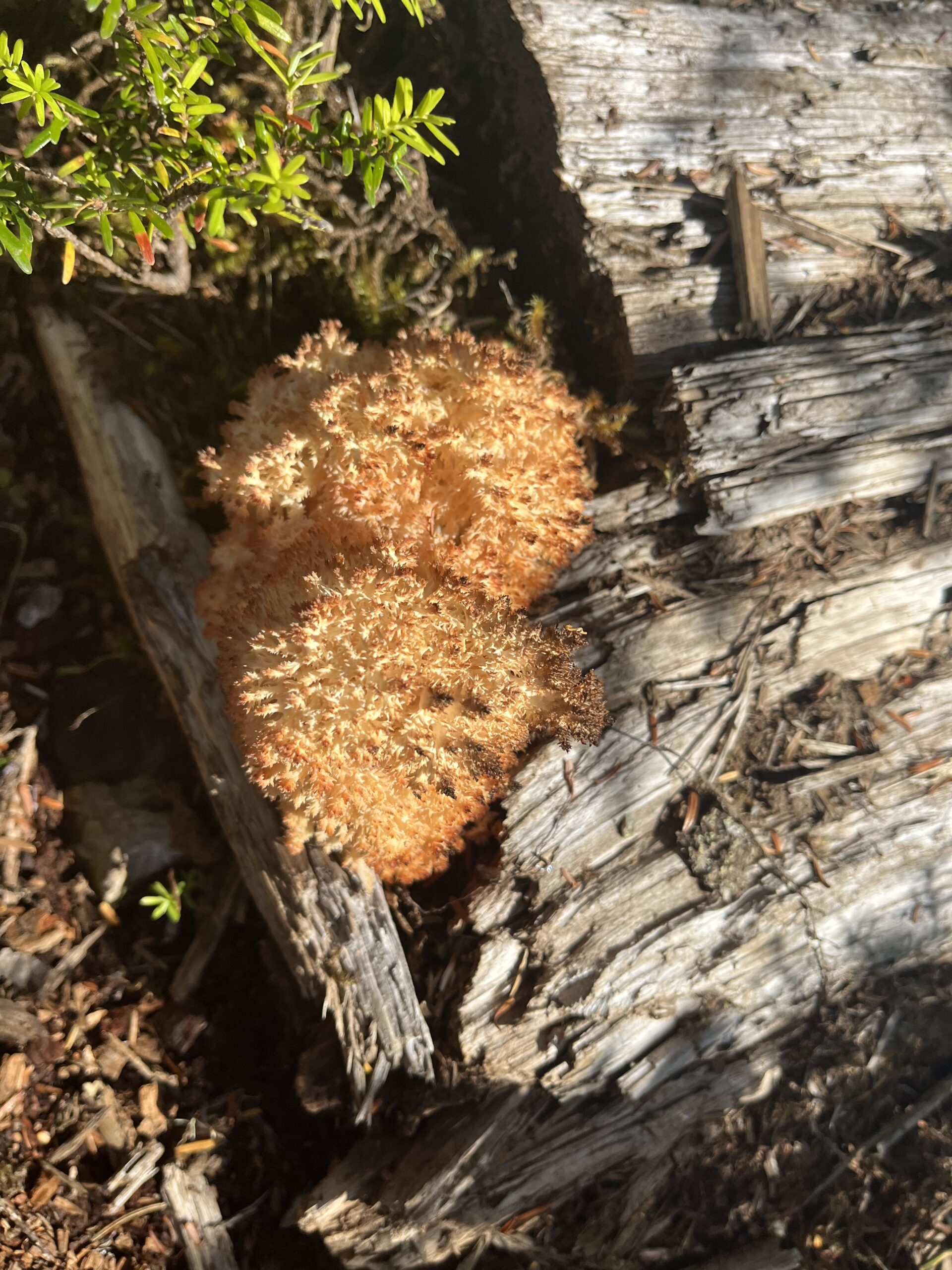
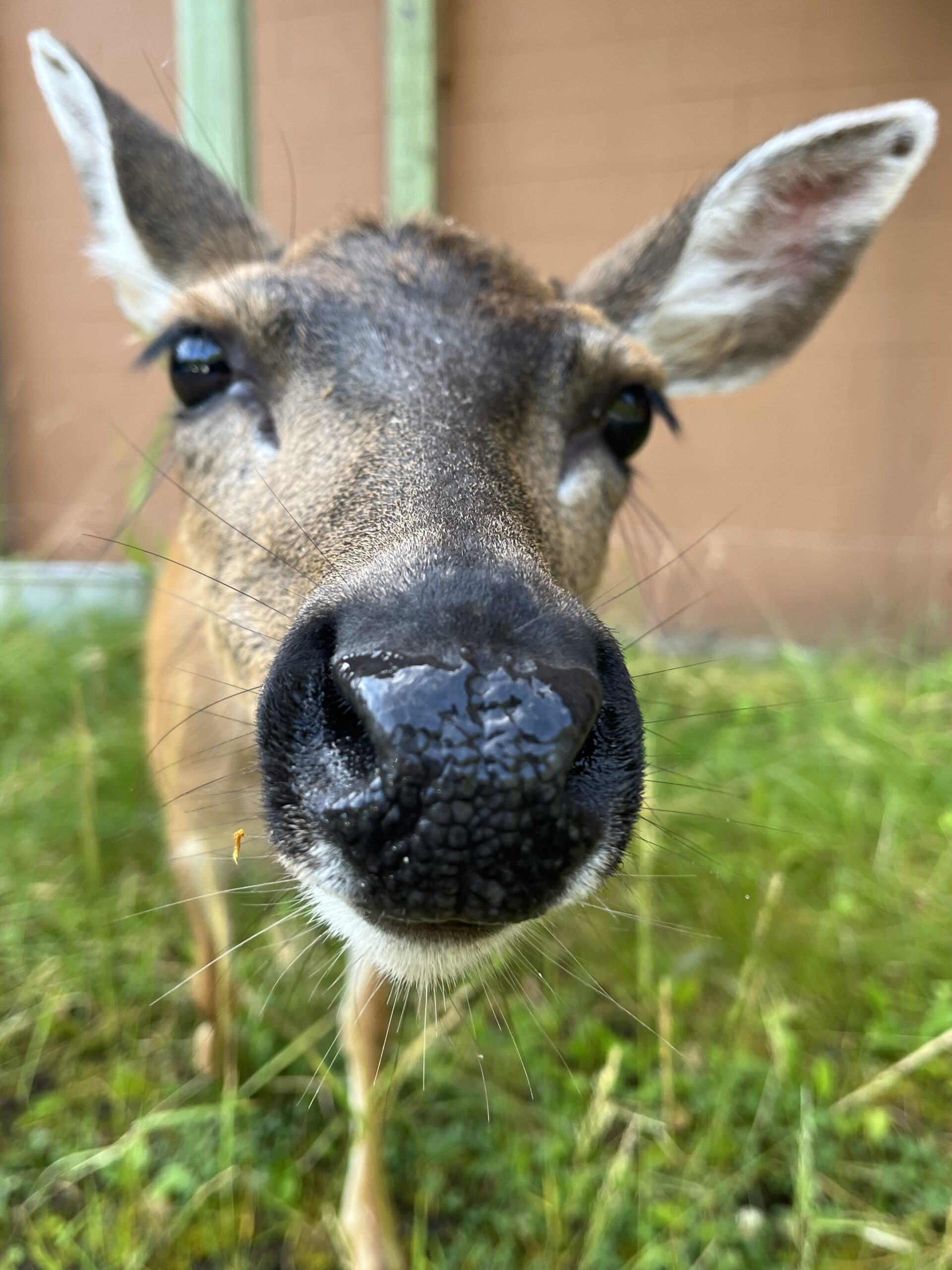
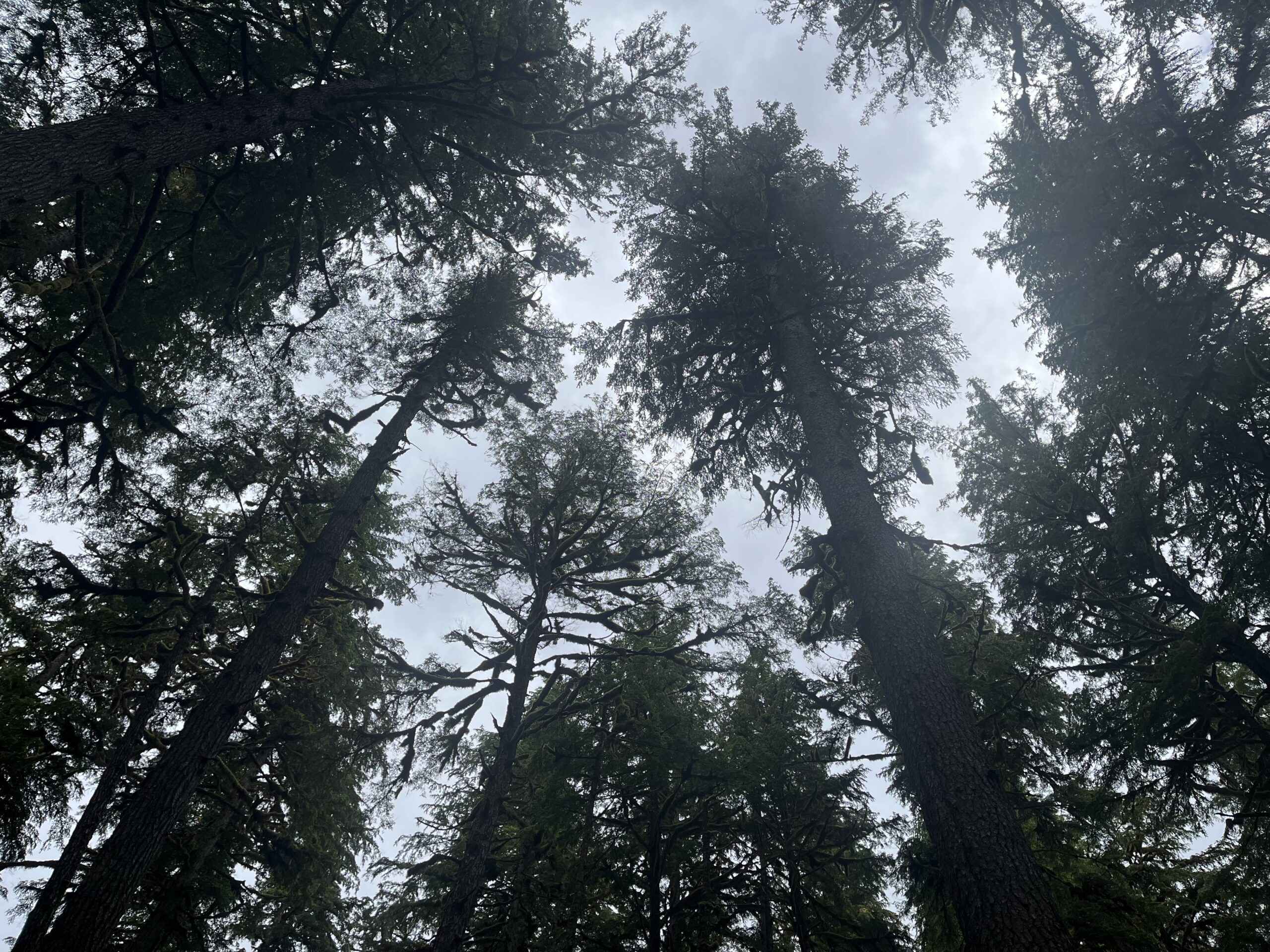
That about wraps it up. Until next time!
-Emma
*There are thistle species native to North America, and I am more than happy to leave those alone!
